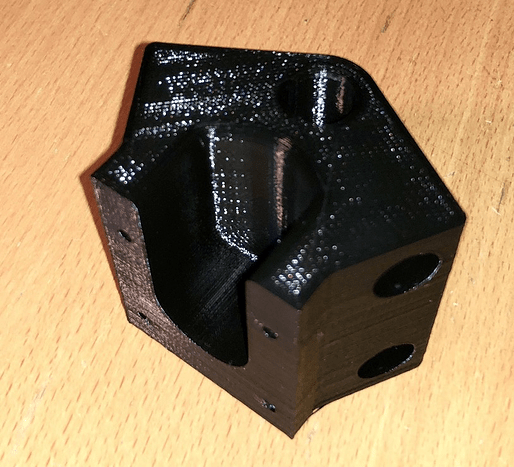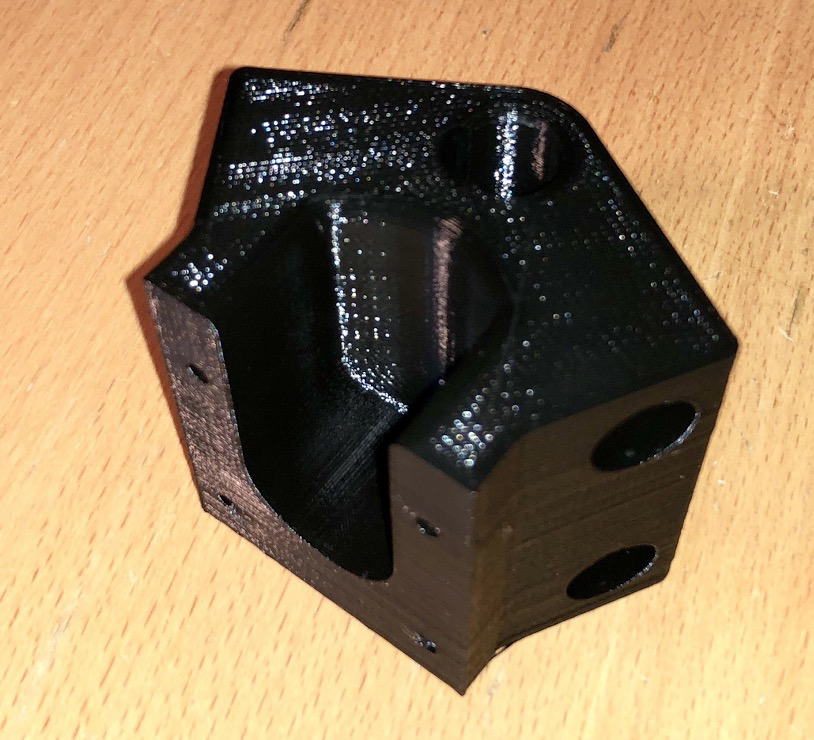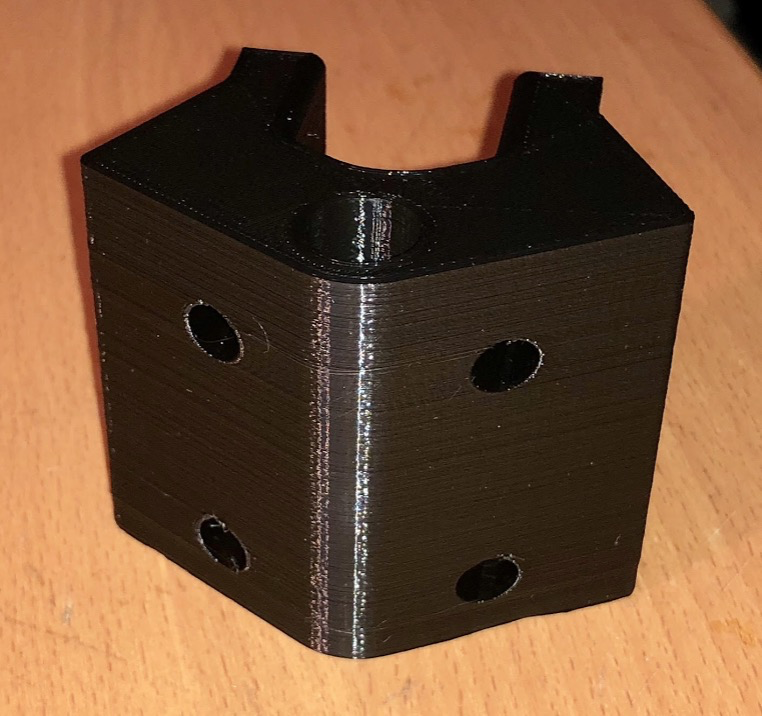Hi, My name is Dave and I’m a nerd. I’m enjoying the HIVE13 community and would like help it thrive. That said, when I dive into a subject, it may annoy others. Please forgive me in advance.
Learning Delta Printer design and learning enough to improvise like a jazz musician is what I’m up for right now. To that point, I’d like to build a personal copy of a Delta printer design for myself.
Following the learning track started with kinematics fundamentals, to explore why existing design choices were made. I’ve been asking questions and reading critiques to make our own design refinements.
My intent would be to make a printer that performs as well as or better than the existing marketplace printers within a reasonable budget. It doesn’t need to be different from existing designs, it just needs to be well thought out. Not a wrote copy without understanding the choices implicit in the design. If a design choice is good, I’d copy. (imitation is sincere flattery). In the longer run, this printer would be an experimental platform for further improvements.
With that intro, let me further propose some design objectives.
Print envelope Base circle Radius >= 130mm, Z >= 310mm Print step resolution (accuracy) X,Y,Z < 0 050mm, Print speed capability in X,Y,Z >200mm/sec
Heated bed, multi material capability. One material hot end design to start, then add more feeds to the head in stage 2.
Micro-stepping capability with good wave form tuning for a quieter motor and strong positioning performance. This would imply a highly capable controller and power chips for motor control.
What do you all think about design objectives?
A shared bill of materials with collaboration on parts sourcing can help control the budget. We should plan for repair spares in the purchases.
Optional modular alternatives in the bills of material are part of my past product design experience.
Prototyping design elements and testing for quantifiable performance makes good sense. (Confession, I come at product design with a six sigma product reliability background. Though have McaGyvered many a project… this needs more than duct tape and coat hangers. Again, please forgive me, if I nerd my way into the details.)
The existing parts that are of concern to me specifically are:
- Rods and rod ends, Arms ~260mm could print the entire 130mm radius hex mirror build plates we have. Rod ends work, they just take more effort to install/remove.
- Carbon fiber tubes as vertical columns are a flexibility concern. X,Y acceleration vectors could drive significant displacement which would be errors in a print. There are too many unknowns to run the carbon tubes displacement or harmonic vibration calculations like you can with steel rods, but being able to easily bend a tube with one finger an experienced gut says the tubes would flex in operation. Probably would not harmonically resonate with higher stepper rates, but would move.
For those reasons, I wouldn’t choose to use the rod ends or carbon tubes in my own printer build.
I’m willing to buy and contribute parts to help test designs and most likely build along at home too. (May well wind up buying a Prusa I3 clone kit to be able to print parts.)
Along that line, I’m in with prototype exploration of 32 bit control boards and motor power control chips for microstepping. Smoothieware seems to be a good candidate, maybe there are others. Plenty to research and discuss. Magnetic joint design is also something to prototype.
OK. Now you all will certainly let me know what you think.
Best Regards,
Dave
PS - The kinematics spreadsheet is built from the kinematics in the two papers posted on the project wiki. Steve Graves and Deepak Kandepet did very good work. I’ve tried to use their terms in the calculations. If you have questions or corrections or would like a conversational walk through, drop me a private note.



